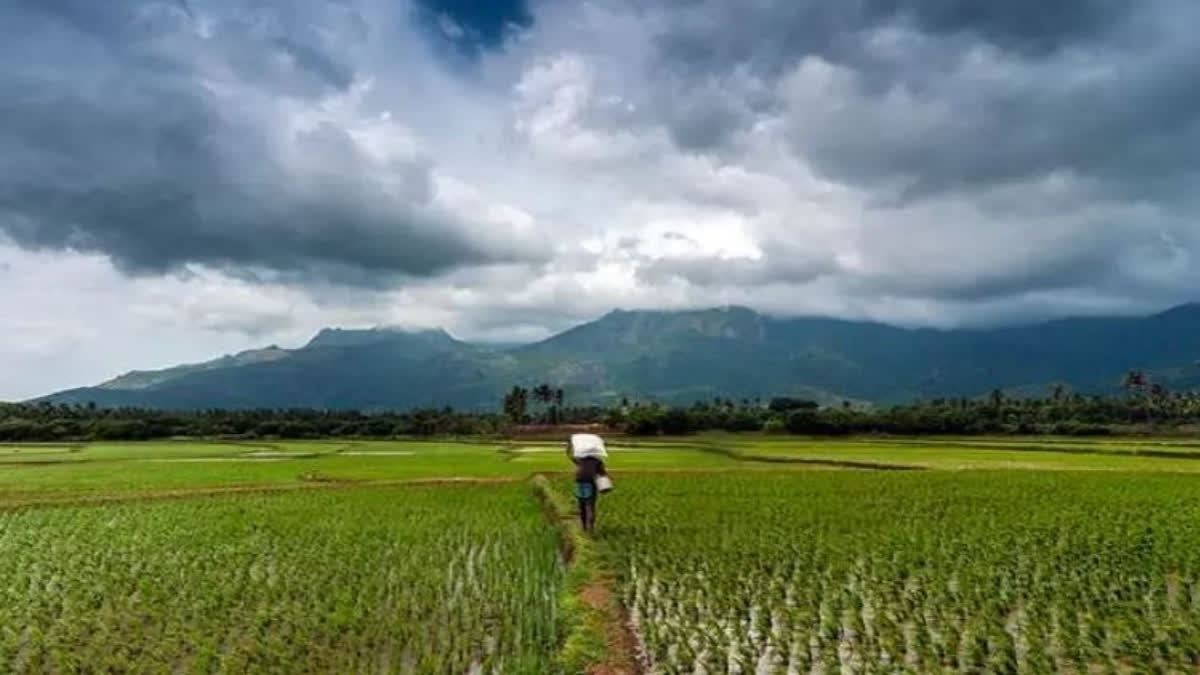India is an agriculture-oriented country despite the rapid progress in services and information technology sectors in the last two decades as the majority of Indians are still dependent on farming for their livelihood. It is equally true that the Indian agriculture sector has been traditionally dependent on the southwest monsoon that lashes the country from June to September every year. However, data shows that the dependence of the Indian farming sector on the monsoon rain has come down over the years as the area under irrigation has increased significantly in the last 25 years.
In other words, the vulnerability of Indian farmers to the monsoon shock or droughts has come down significantly over the years. This is crucial as per the forecasts made by the country’s weather agency, this year monsoon rains are expected to be 4 percent more deficient than their long-period average. According to the official data analysed by a Fitch Group sovereign rating agency, the resilience of Indian agriculture towards adverse weather shocks (deficient rainfall) has undoubtedly increased over the years, owing to increased irrigation intensity.
This is to say that the gross irrigated area, where farmers are no longer dependent only on monsoon rains, has increased considerably as a percentage of the gross cropped area. However, the ability of the sector to absorb the shock varies across states and is linked to the overall area under irrigation. So what is the irrigated area versus the rain-dependent cropped area? At the all-India level, the area under irrigation was 54.32 percent in FY 2018-2019 which was just 41.7 percent in FY 1996-97.
As a result, the correlation between the Kharif foodgrain output and monsoon rains (June-September) was 0.4 over FY 2012-13 to FY 2020-21 period compared with 0.6 during FY 1996-97 to FY 2003-04 period and 0.8 during FY 2005 to FY 2011-12 period. However, the correlation varies across regions with both - the area sown and the food grain output.
